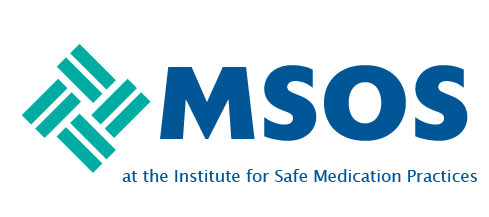From SMART aims to systems thinking: expanding the scope of quality improvement and patient safety education
Since the Institute of Medicine released its landmark report in 19991 highlighting serious concerns about patient safety (PS) and the quality of healthcare in the USA, training programmes around the world have made quality improvement (QI) and PS key components of resident education and experience. In recognising that physicians must learn to interact with and adapt to a constantly changing healthcare environment, the Accreditation Council for Graduate Medical Education (ACGME) and ACGME International (ACGME-I) identified QI and PS as two of the six ‘Pathways of Excellence’ expected in an optimal clinical learning environment.2 In this journal, Molina et al present an exemplary effort to train the next generation of healthcare professionals in improvement science.3 This 13-year QI initiative in a large paediatric residency programme demonstrated how applying QI methodology to the educational programme itself can strengthen resident training. Through phased interventions—including structured didactics,...
